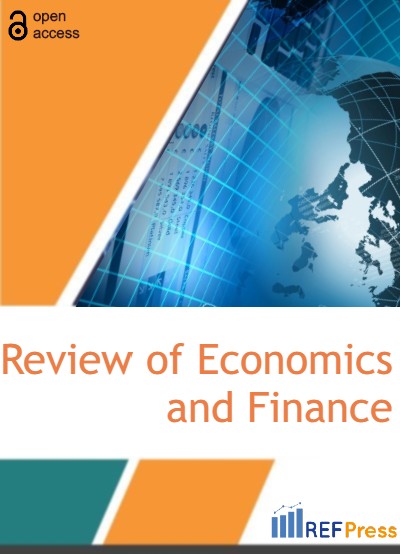
The Role of Financial Ratios to Enhancing of Information Quality for Financial Statement in Industrial Companies: Evidence from Jordan
(Pages 1267-1274)Husni K. Al-Shattarat1,* and Na'el Sa'id Omar2
1Zarqa University, College of Business Administration.
2Zarqa University, (Researcher).
DOI: https://doi.org/10.55365/1923.x2023.21.139
Abstract:
The purpose of this research was to determine how liquidity ratios such as current ratio and quick ratio,
indebtedness ratios including debt ratio and debt-to-equity ratio, and profitability ratios such as return on assets and return on equity, can enhance the accuracy of financial statement information. This was achieved by analyzing the average closing prices of shares for industrial firms that listed on the Amman Stock Exchange (ASE), to attain the aims of the study; an analytical descriptive approach was followed. The researcher gathered data for the study variables by reviewing the annual financial reports of (33) industrial firms during the financial period (2019-2020). The results indicated that the current ratio, quick ratio, debt ratio, debt-to-equity ratio, return on assets, and return on equity all had a positive impact, on enhancing the quality of financial statement information in industrial firms listed in ASE.
The study suggests that it is essential to conduct continuous training programs for financial managers and accountants working in industrial firms listed in ASE, in order to enhance their skills and knowledge and keep them updated with the latest developments in financial ratio analysis.
Keywords:
Financial Analysis, Quality of Financial Statement Information, Industrial firms.
How to Cite:
Husni K. Al-Shattarat and Na'el Sa'id Omar. The Role of Financial Ratios to Enhancing of Information Quality for Financial Statement in Industrial Companies: Evidence from Jordan. [ref]: vol.21.2023. available at: https://refpress.org/ref-vol21-a139/
Licensee REF Press This is an open access article licensed under the terms of the Creative Commons Attribution Non-Commercial License (http://creativecommons.org/licenses/by-nc/3.0/) which permits unrestricted, non-commercial use, distribution and reproduction in any medium, provided the work is properly cited.
